Microplastics affect sand crabs’ mortality and reproduction
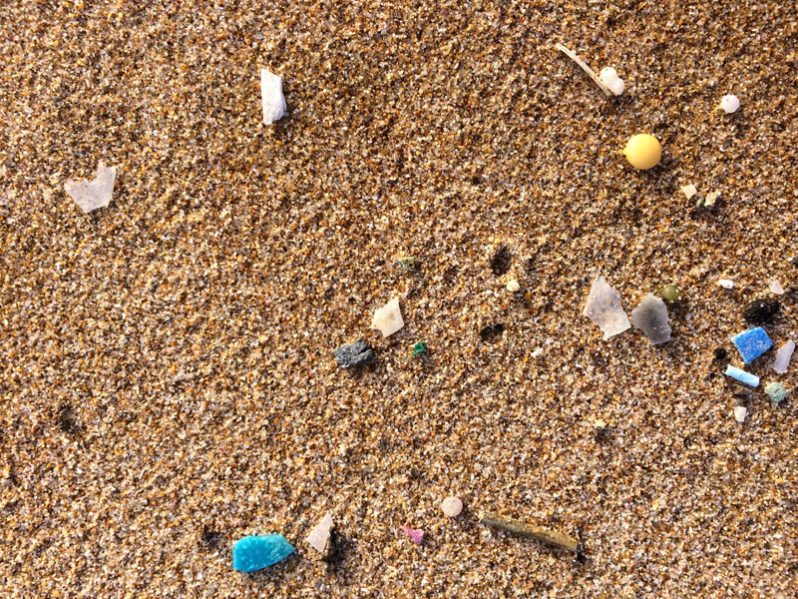
Sand crabs, a key species in beach ecosystems, were found to have increased adult mortality and decreased reproductive success when exposed to plastic microfibers, according to a new study.
Nestlé is spending billions to create a market for recycled plastics
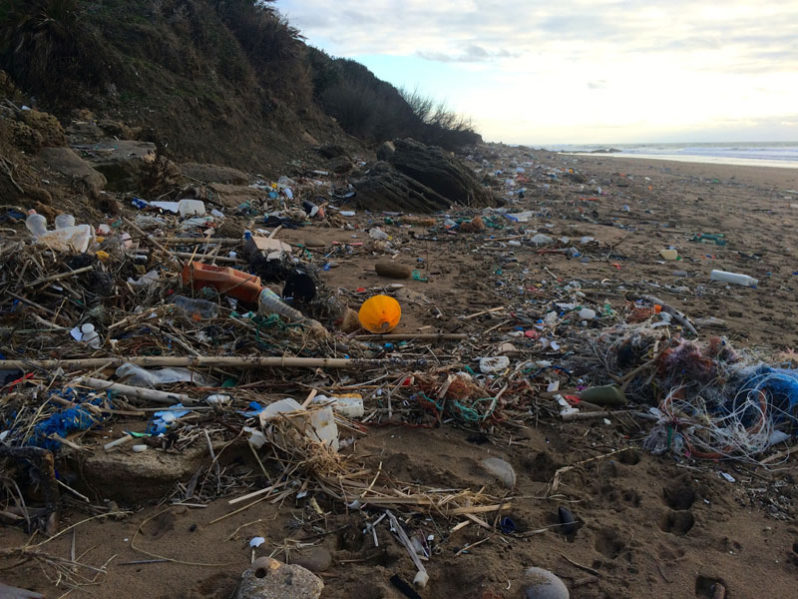
Food companies trying to reduce their consumption of plastic have a big problem — it’s hard to find suitable recycled material. Nestlé, one of the world’s worst corporate plastic polluters, says it’s willing to spend more than $2 billion to try and fix that.
Engineers build vacuum to clean microplastics in sand

Hawaii’s Kamilo Beach (AKA “Trash Beach”) received a trial cleaning from the Hoola One. The machine was designed by a group of engineers from the University of Sherbrooke in Quebec, Canada.
The missing 99%: why can’t we find the vast majority of ocean plastic?
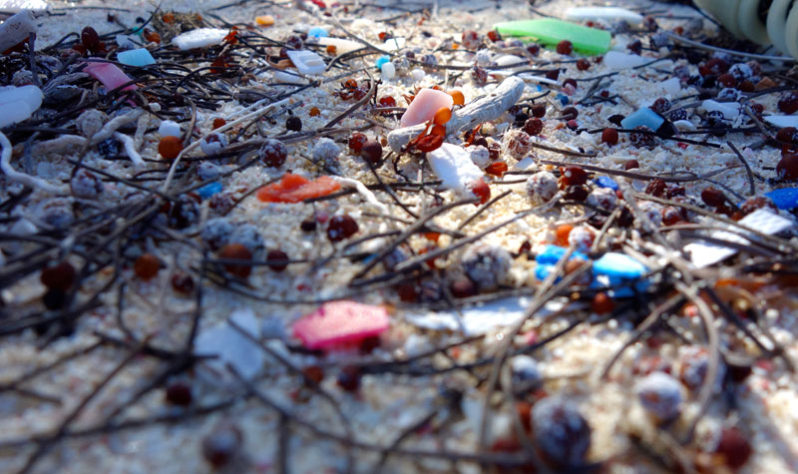
What scientists can see and measure, in the garbage patches and on beaches, accounts for only a tiny fraction of the total plastic entering the water.
The plastic polluters won 2019 – and we’re running out of time to stop them
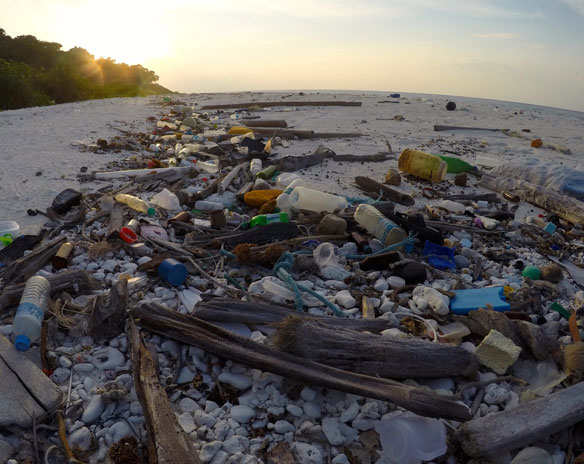
Further steps have been taken to clean up beaches and seas in 2019 – but much more needs to be done .
The plastics pipeline: a surge of new production is on the way
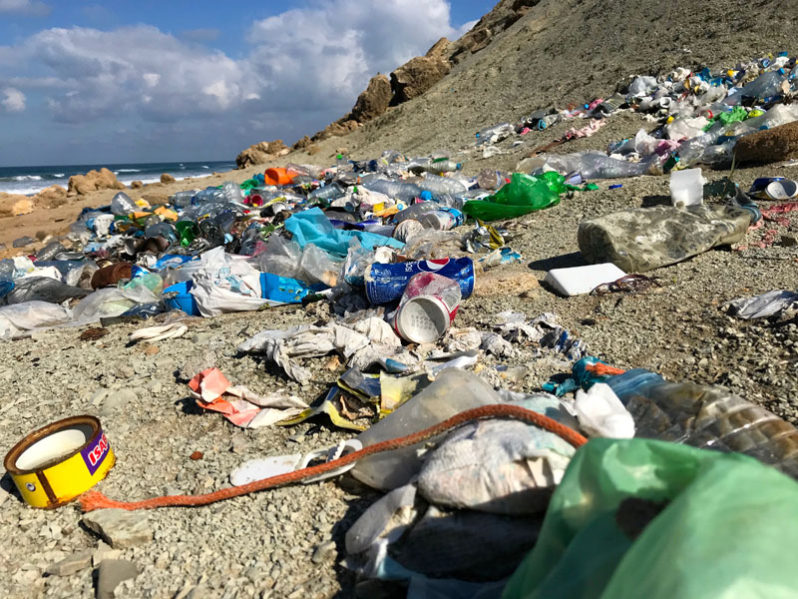
A world awash in plastic will soon see even more, as a host of new petrochemical plants — their ethane feedstock supplied by the fracking boom — come online. Major oil companies, facing the prospect of reduced demand for their fuels, are ramping up their plastics output.
250,000 tons of plastic pellets known as nurdles pollute our oceans every year
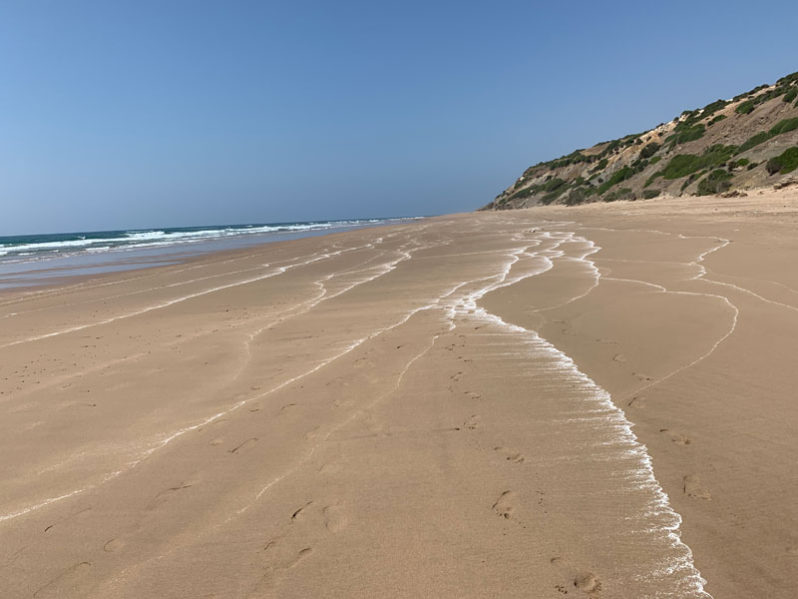
Trillions of small plastic pellets known as nurdles have been escaping from petrochemical plants into waterways and oceans for decades. Only lately has serious action been taken to figure out what can be done, including a monumental settlement in Texas.
Meet the man who swam through the Great Pacific Garbage Patch
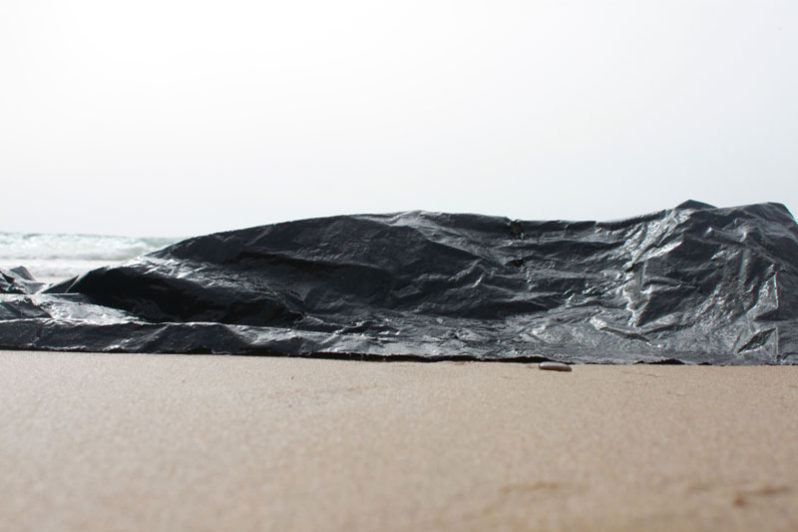
Ben Lecomte, a long-distance swimmer, swam the Great Pacific Garbage Patch from Hawaii to California to draw attention to plastic pollution. This is his Call to Earth.
Why do ocean animals eat plastic?
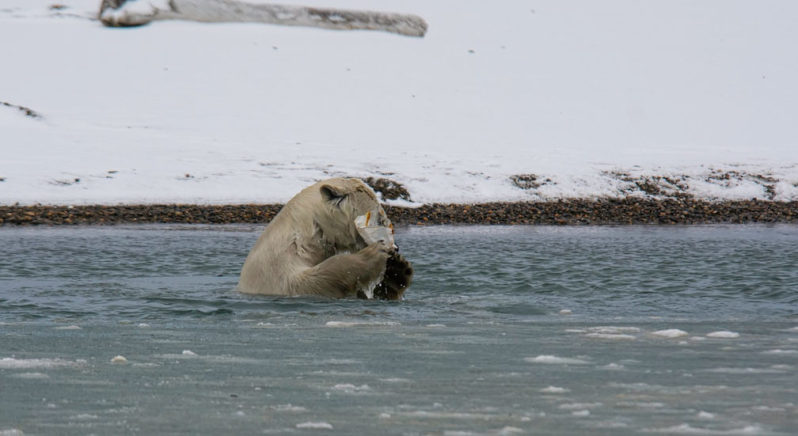
Why would an apex ocean predator eat gloves? Or rope? Or plastic cups? How does a whale end up with more than 200 pounds of waste in its stomach?
